Every day, we use light bulbs in our homes, cars, offices, stores, and other places. Though it is essential that they light up the area, the way that the light is emitted is also significant.
Over the years, technological advancements have led to innovations in how to light these spaces. At first, we only had the standard incandescent light bulb, but now we also have light-emitting diodes or LEDs for short. It is essential that we understand the distinction between LEDs and incandescent lighting.
What is an Incandescent Light Bulb?
An incandescent light bulb is a type of traditional light bulb that uses electricity to heat a wire until it becomes hot enough to emit light. The metal wire is surrounded by a translucent glass bulb that is either filled with inert gas or evacuated (a vacuum). This lighting option is common in commercial establishments as it is simple to install and inexpensive.
What is a LED light bulb?
A light-emitting diode (LED) light bulb operates by passing an electrical current through a microchip. This illuminates the bulb and produces visible light. LED bulbs are energy-efficient and long-lasting.
LED and incandescent lightbulbs are common lighting options for your home or business. And, to help you understand the key differences between these options, here is a complete comparison of LED lighting vs. incandescent bulbs.
LED Lighting vs Incandescent: Complete Comparison
Use of Energy
Incandescent bulbs are inefficient in terms of energy consumption. The majority of the energy is used to generate heat. These traditional bulbs work by using energy to heat a wire filament sufficiently to emit light. They can use up to 90% of the electricity just to generate heat, resulting the energy-efficiency rating to be around 10 lumens per watt.
LEDs significantly use less energy than traditional bulbs. LEDs, unlike incandescent bulbs, do not use the majority of the energy; instead, they consume it to generate heat for illumination. They use little energy to generate infrared heat, which directly contributes to the production of light.
Cost to Operate
Incandescent bulbs are the most affordable to produce, so their costs are low. Lighting is also offered at low prices, allowing you to get more for your money.
The disadvantage of the low cost is that you will need to replace the bulbs frequently because an LED bulb has a lifespan of more than 50,000 hours while an incandescent bulb only lasts for about 1,000 hours. Although the initial cost will be lower, the replacement costs will be much higher than with LED bulbs.
The higher initial cost of LED lighting can be a problem if your budget is limited. However, the use of LEDs with less energy does not require replacing the bulb frequently, so they are worth the investment. The price of installation will be recovered over time.
Maintenance
All lighting must be fairly durable and require little maintenance due to its frequent exposure to the elements.
LED lights are among the most durable options because of their design. An LED’s light source is a tiny chip enclosed in an epoxy resin capsule. The capsule’s material is so strong that it can withstand heat and moisture and be used in rain, wind, and snow.
LED lighting can also withstand extreme temperatures, shaking, shock & vibrations.
In comparison to incandescent, LED exterior lights are also shatterproof. The internal filament and thin exterior glass of incandescent lamps is delicate parts. Both are liable to crack when subjected to light pressure or vibration.
Lifespan
The longevity of LEDs is one of the main factors that make them the preferred option for professional lighting designers. Compared to other types of lighting, they have a very long lifespan. With regular use, modern LEDs can last up to 100,000 hours.
Basic LEDs have a lifespan of at least 50,000 hours, which is significantly longer than that of any other kind of lighting. Eight hours per day of modern LED use will result in about 17 years of high-quality illumination.
The shortest lifespan of any type of lighting is that of incandescent bulbs. Only about 1,000 hours of illumination can be produced by a regular bulb and with regular use, the bulb has a best-case lifespan of one year. To match the lifespan of one LED light, 50 to 100 incandescent bulbs would be required.
Light Up your Life with LEDs from AV Modular
Great debates abound in the world: Coke vs. Pepsi, IOS vs. Android, PlayStation vs. Xbox. However, in the world of lighting, LED bulbs vs. incandescent bulbs is a great debate.
LED lights is clearly the future, whether you’re talking about standard home lighting or outdoor string lights, mini lights, or other LED decorative lighting.
Incandescent lights are still an affordable option for consumers, but be sure to look into LED bulb options from AV Modular, which sells a huge array of products from panel lights to spotlights, batten lights to street lights to floodlights, and outdoor lighting with a variety of bulb shapes, colours, and styles, combined with the many advantages listed above, providing the perfect solution for all your lighting needs.
AV Modular offers structurally durable and high-quality LED lighting for homes, schools, malls, offices, shops, hotels, resorts, corridors, and hospitals.
If you’re starting a lighting installation project or planning to install year-round festive lights, it might be worth switching to LED lights only from AV Modula India.


You must be logged in to post a comment.